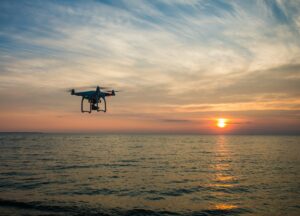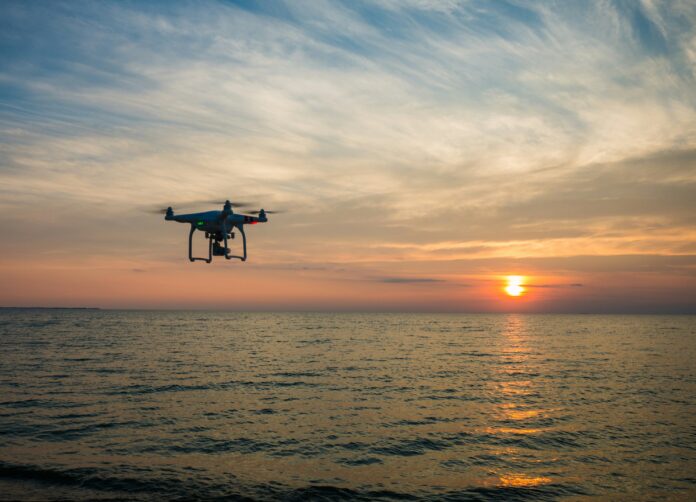Drones are rapidly transforming the logistics and shipping industries, promising to redefine how goods are transported. From speeding up deliveries to reaching remote areas, these unmanned aerial vehicles (UAVs) are poised to make shipping faster, more efficient, and environmentally friendly. With advancements in technology and increasing investment, the future of drone shipping holds immense potential.
The Rise of Drone Delivery
Companies like Amazon, UPS, and DHL have been testing drone delivery systems for years, aiming to bring packages to customers faster than ever. These drones are equipped to handle lightweight shipments, such as small parcels, groceries, and medical supplies. In 2020, Amazon received FAA approval to begin drone deliveries in the U.S., a milestone for the industry.
Drone delivery offers significant advantages, including:
- Speed: Drones can bypass traffic and take the most direct routes, ensuring rapid deliveries.
- Accessibility: They can reach remote or disaster-stricken areas where traditional transportation faces challenges.
- Cost Efficiency: Automated systems reduce the need for human labor and fuel, cutting operational costs.
Technological Advancements
The future of drone shipping hinges on continued innovation. Autonomous navigation, improved battery life, and enhanced payload capacity are key areas of development. Innovations such as swarm technology, where multiple drones work together to deliver larger or heavier goods, could expand their capabilities.
Integration with artificial intelligence (AI) is also transforming drones into smarter devices, capable of navigating complex urban environments and adapting to changing weather conditions.
Sustainability and Environmental Impact
Drone delivery is being hailed as a greener alternative to traditional shipping methods. Electric drones produce zero emissions, reducing the carbon footprint of last-mile deliveries—a critical concern for urban logistics. By replacing gas-powered delivery trucks, drones contribute to cleaner, quieter cities.
Challenges Ahead
Despite their promise, drone shipping faces several hurdles:
- Regulations: Airspace management and government approval are critical. Authorities like the FAA and the European Union Aviation Safety Agency (EASA) are working to establish comprehensive regulations.
- Infrastructure: Widespread adoption will require networks of drone ports, charging stations, and maintenance facilities.
- Safety and Security: Preventing collisions and addressing potential misuse, such as theft or hacking, remain concerns.
- Weather Limitations: Adverse weather, such as heavy rain or strong winds, can disrupt drone operations.
Real-World Examples
Several countries are already showcasing the potential of drones in shipping:
- Rwanda: Zipline operates medical supply drones, delivering blood and vaccines to remote clinics.
- China: E-commerce giant JD.com uses drones to deliver packages in rural areas.
- Iceland: Reykjavík-based Aha runs a drone delivery service for food and consumer goods.
A Glimpse Into the Future
Looking ahead, drones may become a cornerstone of logistics networks. Imagine a world where drones handle the majority of last-mile deliveries, reducing urban congestion and providing near-instant gratification for consumers. In rural and underserved regions, they could bridge gaps in access to goods and services.
The integration of drones with other emerging technologies, such as autonomous trucks and robotic warehouses, could create a seamless supply chain powered by automation and AI.
While challenges remain, the ongoing innovation and investment in drone technology suggest a future where the skies above us are buzzing with activity—delivering not just goods, but also the promise of a smarter, more connected world.
 Photo by Aaron Burden on Unsplash
Photo by Aaron Burden on Unsplash
Views: 4






